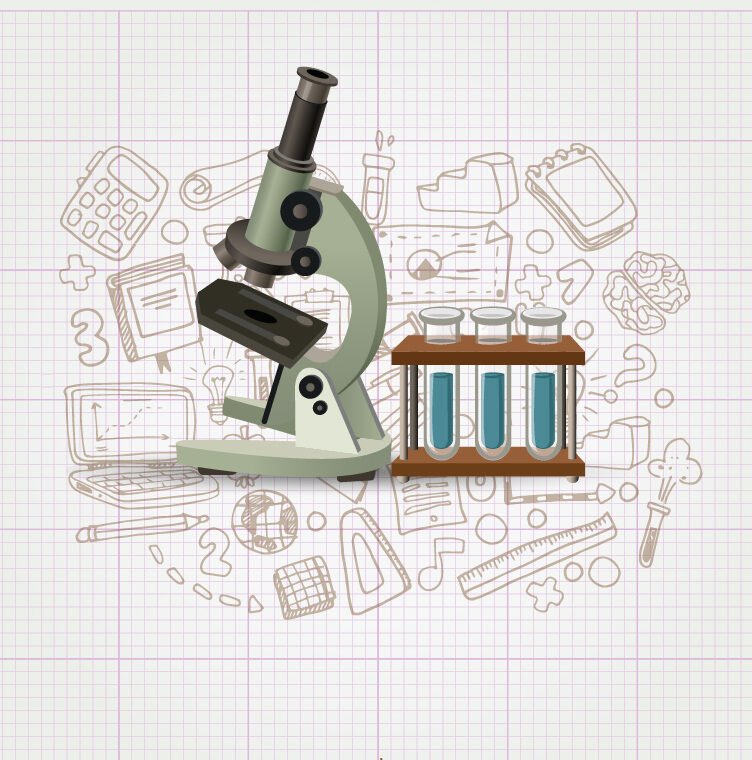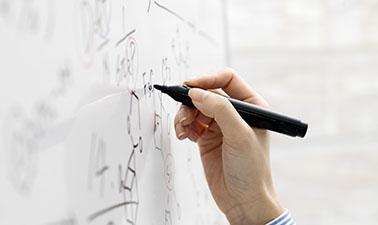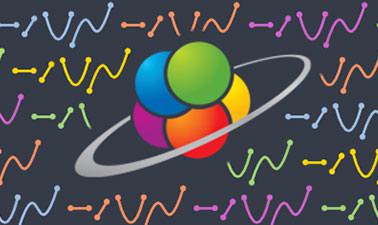The online vector simulations on this page will help us to deepen in this very important concept of mathematical mathematics, which has application in almost all fields of science and technology. We will discover how they are represented and how to operate with vectors.
What are vectors in mathematics
Vectors in mathematics are fundamental entities in the fields of geometry and linear algebra. A vector is any mathematical entity that can be represented by an oriented line segment.
Representation of vectors in mathematics
Mathematically, a vector is represented by a letter with an arrow on top. Graphically, it is represented by an arrow in n-dimensional space, where each component of the vector represents a quantity in a specific direction. Thus, a vector is defined as a sequence of ordered numbers. For example, a two-dimensional vector can be represented as (x, y), where “x” is the component on the x-axis and “y” is the component on the y-axis. In a three-dimensional space, the vector is represented as (x, y, z), where “z” is the component on the z-axis.
Operations with vectors
Different operations can be performed with vectors, such as addition, subtraction, multiplication by a scalar, scalar product and vector productOperations with vectors allow you to manipulate and combine these mathematical entities to solve numerous problems in mathematics, physics, engineering and other sciences. The most important operations that can be performed with vectors are explained below:
Vector addition
The addition of two or more vectors consists of obtaining a new vector that results from placing the vectors one after the other, respecting their directions and senses. The resulting vector goes from the origin of the first one to the end of the last one. Algebraically, the addition is performed by adding the corresponding components of each vector. For example, if you have vectors a = (a₁, a₂) and b = (b₁, b₂), their sum will be a + b = (a₁ + b₁, a₂ + b₂). This operation is fundamental for calculating total displacements, net forces, and many other composite quantities.
Subtraction of vectors
Subtraction of vectors is interpreted as the sum of the first with the opposite of the second. The opposite of a vector has the same magnitude but opposite direction. If a and b are vectors, then a – b = a + (-b). In components, this is equivalent to subtracting each component: (a₁ – b₁, a₂ – b₂).
Multiplication by a scalar
Multiplying a vector by a real number (scalar) changes its magnitude but not its direction (except if the scalar is negative, in which case the direction is reversed). For example, if k is a real number and a is a vector, then ka = (k-a₁, k-a₂). This is useful for resizing forces, velocities, or any vector quantity.
Scalar product
Also called dot product, it is an operation that associates two vectors with a real number. It is calculated by multiplying the corresponding components and adding the results: a – b = a₁-b₁ + a₂-b₂ (in two dimensions). The scalar product measures the degree of alignment between two vectors and is fundamental in work calculations and projections.
Vector product
It is only defined in three dimensions and results in another vector perpendicular to the two original vectors. It is widely used in physics to calculate moments, forces and oriented areas. If a = (a₁, a₂, a₃) and b = (b₁, b₂, b₃), the vector product is a vector whose components are calculated with the determinant of a matrix.
These operations make it possible to model and solve complex situations involving several vector quantities. Learning to operate with vectors facilitates data analysis and problem solving in multidimensional contexts.
Vector applications
Vectors are widely used in physics, engineering and many other scientific disciplines. They are used to represent physical quantities with direction and modulus, such as forces, velocities and displacements. They are also useful in image processing, artificial intelligence and machine learning, where they are used to represent characteristics or attributes of data. Their study and understanding make it possible to model physical phenomena and solve problems in various fields, which makes them a fundamental tool in the analysis and representation of data and phenomena in the real world.
The online vector simulations on this page will be extremely useful to improve your understanding of this important part of mathematics.
Explore the exciting STEM world with our free, online simulations and accompanying companion courses! With them you'll be able to experience and learn hands-on. Take this opportunity to immerse yourself in virtual experiences while advancing your education - awaken your scientific curiosity and discover all that the STEM world has to offer!
Vector simulations
- Concepts
- Sum
Fundamental concepts of vectors
In this video, about 4 minutes long, the fundamental concepts about vectors and the sum of vectors are reviewed.
Sum of vectors
Experiment with vector equations and compare vector sums and subtractions. Customize the base vectors or explore scalar multiplication by adjusting the coefficients in the equation. Specify vectors in cartesian or polar coordinates, and view the magnitude, angle, and components of each vector.
File
- Concepts
- Draw
- Components
- Sum
Fundamental concepts of vectors
In this video, about 4 minutes long, the fundamental concepts about vectors and the sum of vectors are reviewed.
Draw a vector
A vector has magnitude and direction. Draw a vector and identify its magnitude and direction.
Sum of vectors
Experiment with vector equations and compare vector sums and subtractions. Customize the base vectors or explore scalar multiplication by adjusting the coefficients in the equation. Specify vectors in cartesian or polar coordinates, and view the magnitude, angle, and components of each vector.
File
Giants of science
“If I have seen further, it is by standing on the shoulders of giants”
Isaac Newton
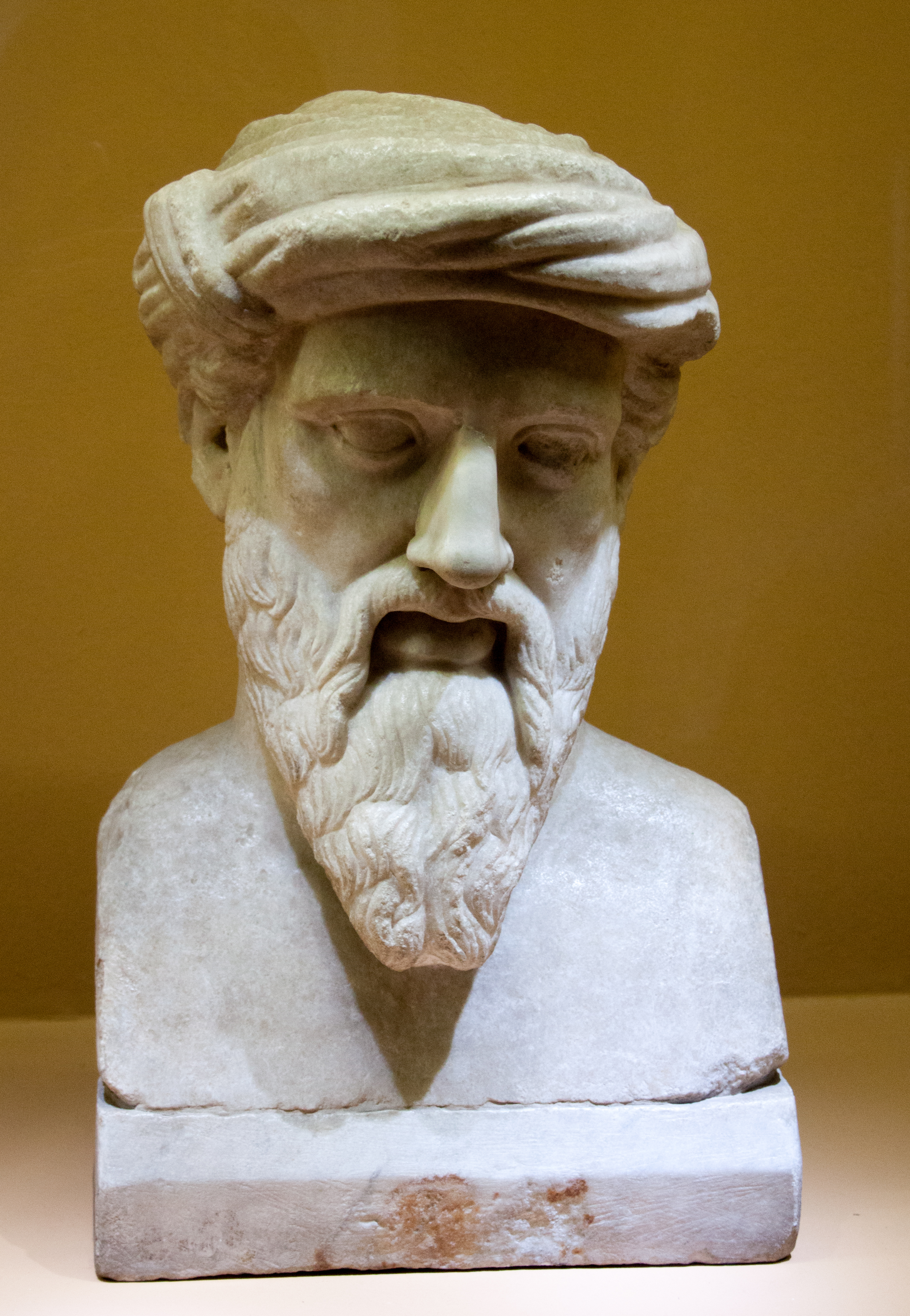
Pythagoras
–

René Descartes
–
Become a giant
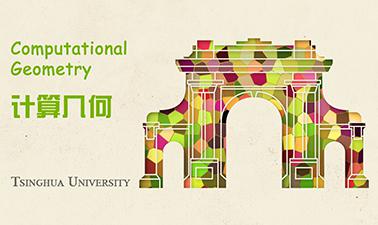

计算几何 | Computational Geometry

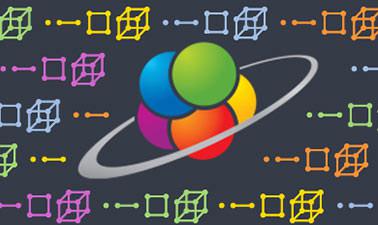

Introduction to Geometry



Computer Graphics

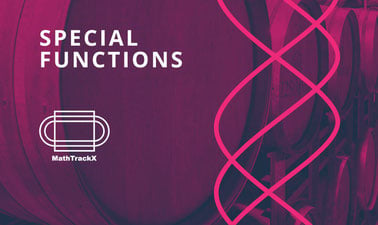

MathTrackX: Special Functions



Polynomials, Functions and Graphs

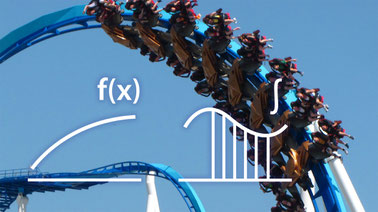

Pre-University Calculus



How to Learn Math: For Students




